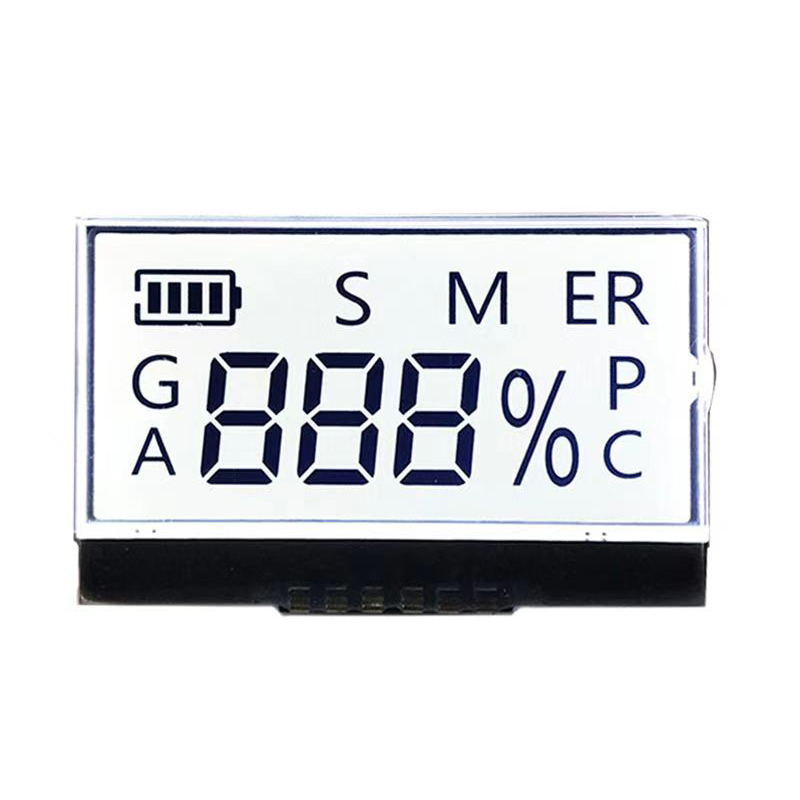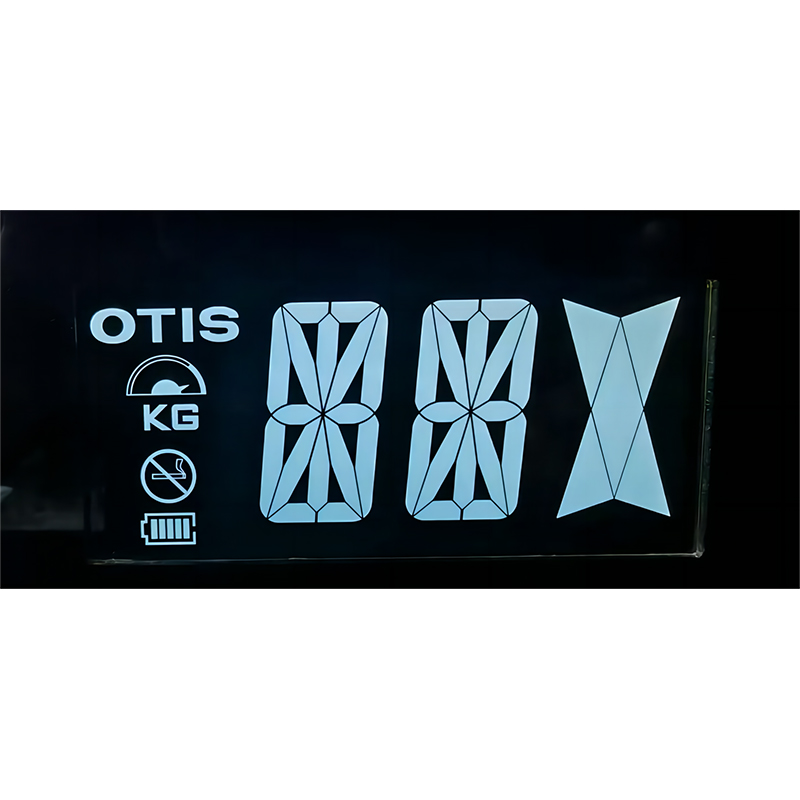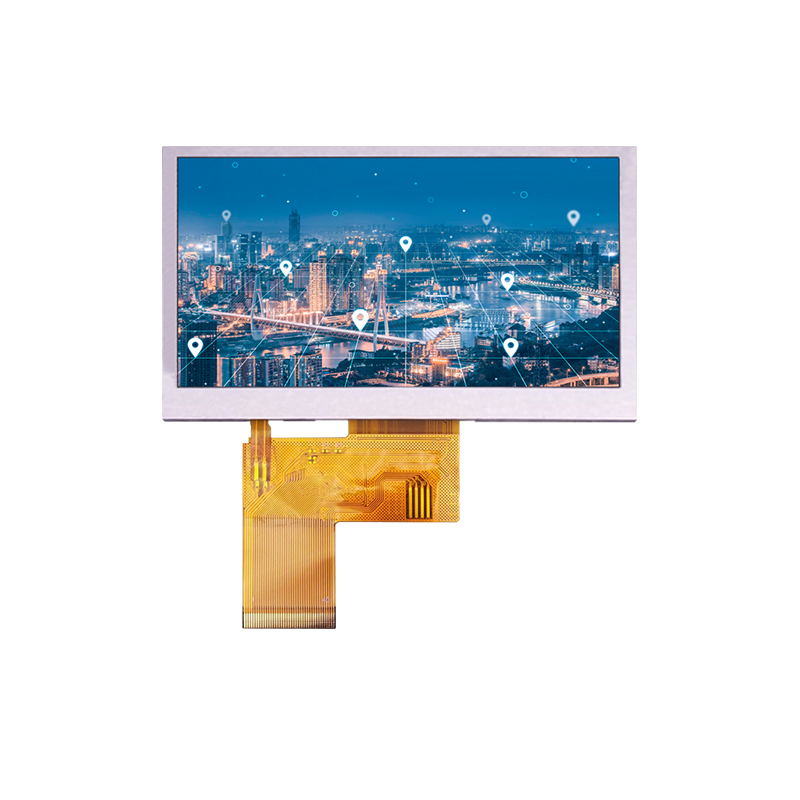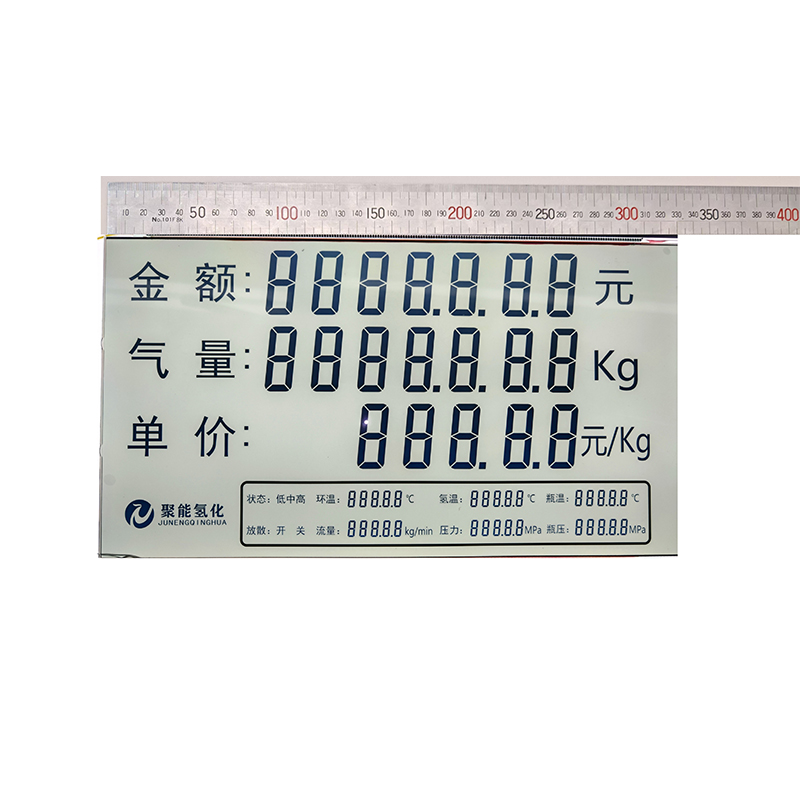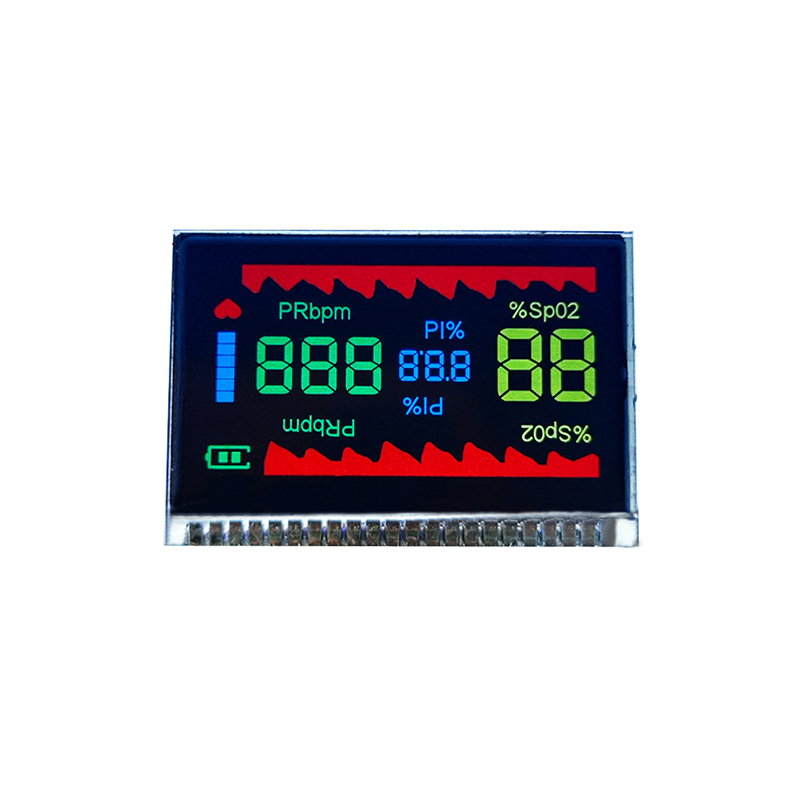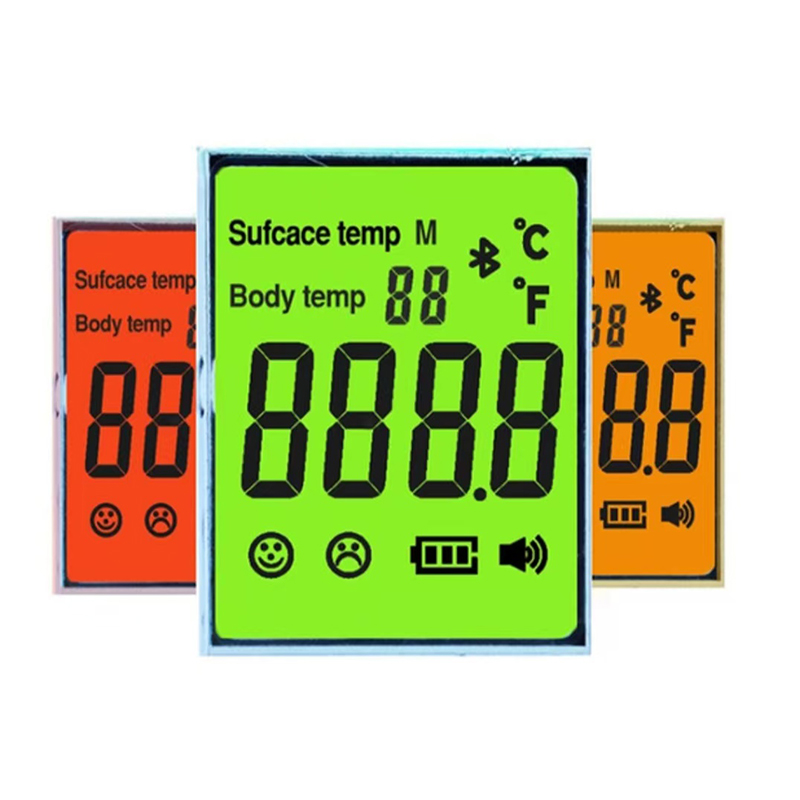
This guide provides a comprehensive overview of USB dot matrix displays, covering their functionality, applications, selection criteria, and common considerations. Learn how to choose the best display for your needs, from understanding different display types and interfaces to evaluating resolution and brightness.
A USB dot matrix display is a type of electronic display that uses a grid of LEDs or other light-emitting elements to create text and simple graphics. The dot matrix refers to the arrangement of these individual elements, which are typically arranged in rows and columns. Unlike LCD screens, dot matrix displays are simpler and generally less expensive, making them suitable for various applications where high resolution isn't crucial. The USB part indicates its connection method; it connects directly to a computer or other device via a standard Universal Serial Bus (USB) port, making it easy to integrate into various systems.
The most common type is the LED (Light Emitting Diode) USB dot matrix display. These displays are characterized by their relatively low power consumption, long lifespan, and vibrant colors (though often limited to a specific palette). They offer a good balance between cost and performance.
While less prevalent for USB-connected displays, other technologies such as vacuum fluorescent displays (VFDs) and electroluminescent displays (ELDs) also exist. However, LED displays dominate the market due to their advantages in terms of cost, efficiency, and availability. You may want to consider contacting Dalian Eastern Display Co., Ltd. for more information on other display technologies.
Selecting the right USB dot matrix display involves considering several key features:
The resolution, expressed in dots (pixels), determines the clarity of the displayed information. Higher resolution results in sharper text and images, but also increases cost. The physical size is also a crucial factor, dictating the amount of information that can be displayed at once.
Brightness is important for readability in different lighting conditions. A wider viewing angle allows for comfortable viewing from various positions.
While most USB dot matrix displays utilize a standard USB connection, it's important to confirm compatibility with your specific operating system and devices. Some may require additional drivers or software.
USB dot matrix displays find use in a variety of applications, including:
| Feature | Display A | Display B | Display C |
|---|---|---|---|
| Resolution | 128 x 64 | 64 x 32 | 256 x 128 |
| Brightness (cd/m2) | 200 | 150 | 300 |
| Viewing Angle | 120° | 90° | 160° |
| Interface | USB 2.0 | USB 2.0 | USB 3.0 |
Note: The data in this table is illustrative and may not represent actual products. Specifications vary widely among manufacturers.
This information is for guidance only. Always consult the manufacturer's specifications before making a purchase.


